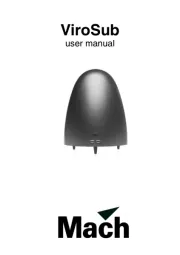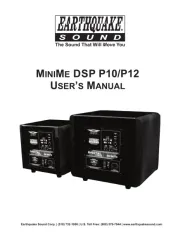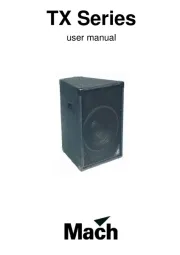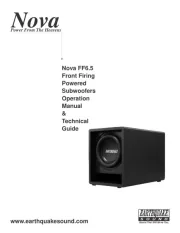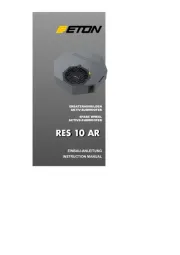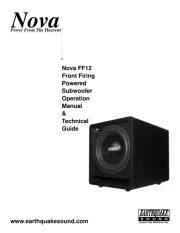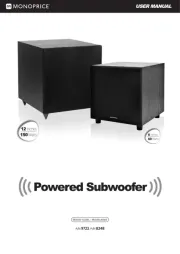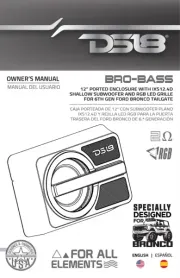Infinity Kappa Perfect 10VQ Manual
Læs gratis den danske manual til Infinity Kappa Perfect 10VQ (8 sider) i kategorien Subwoofer. Denne vejledning er vurderet som hjælpsom af 11 personer og har en gennemsnitlig bedømmelse på 4.4 stjerner ud af 6 anmeldelser.
Har du et spørgsmål om Infinity Kappa Perfect 10VQ, eller vil du spørge andre brugere om produktet?

Produkt Specifikationer
| Mærke: | Infinity |
| Kategori: | Subwoofer |
| Model: | Kappa Perfect 10VQ |
Har du brug for hjælp?
Hvis du har brug for hjælp til Infinity Kappa Perfect 10VQ stil et spørgsmål nedenfor, og andre brugere vil svare dig
Subwoofer Infinity Manualer
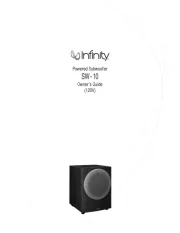
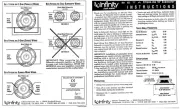

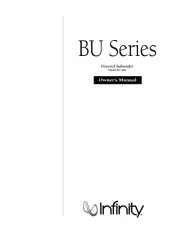
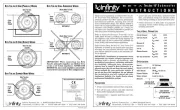
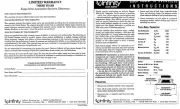
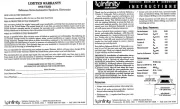

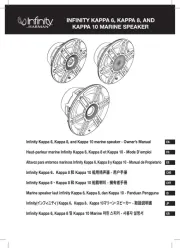
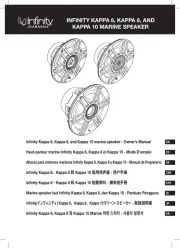
Subwoofer Manualer
- MTX Audio
- Onkyo
- Sharp
- Sonos
- Magnat
- Neumann
- Monoprice
- Behringer
- Ground Zero
- B&W
- Wavemaster
- Cambridge
- Kanto
- APart
- Eikon
Nyeste Subwoofer Manualer
